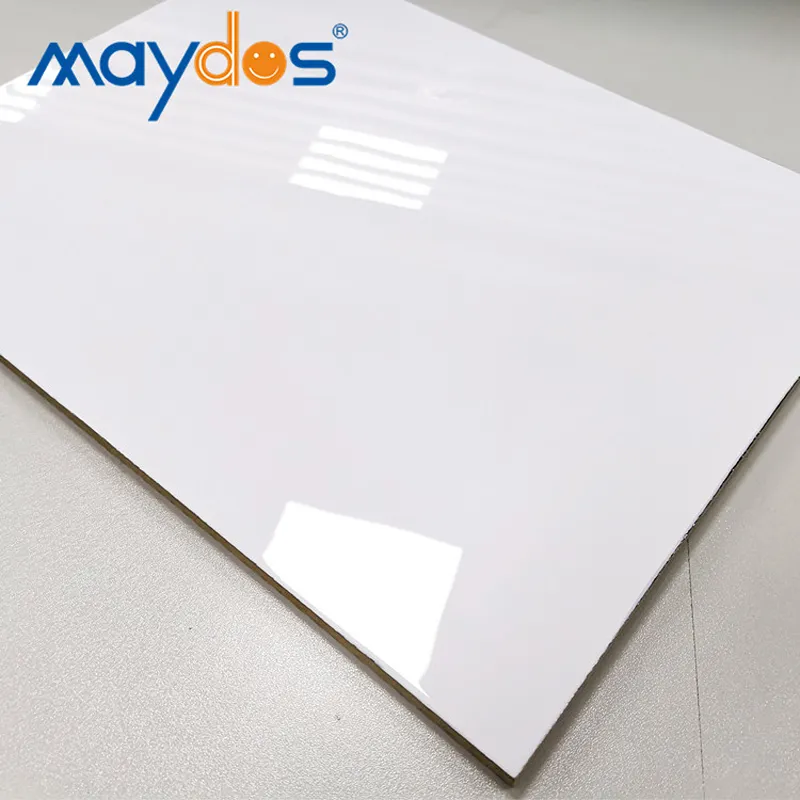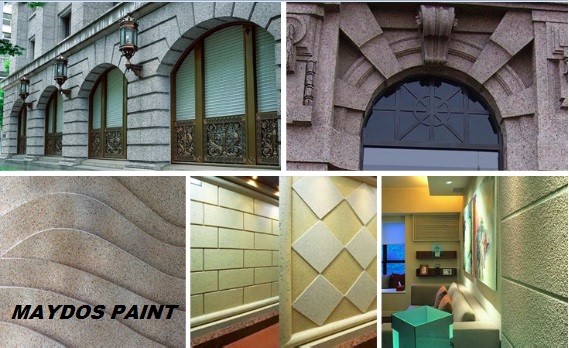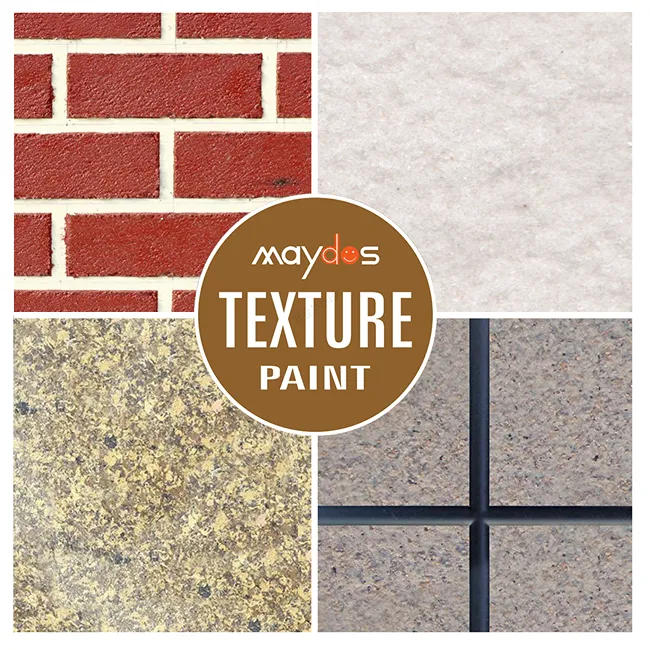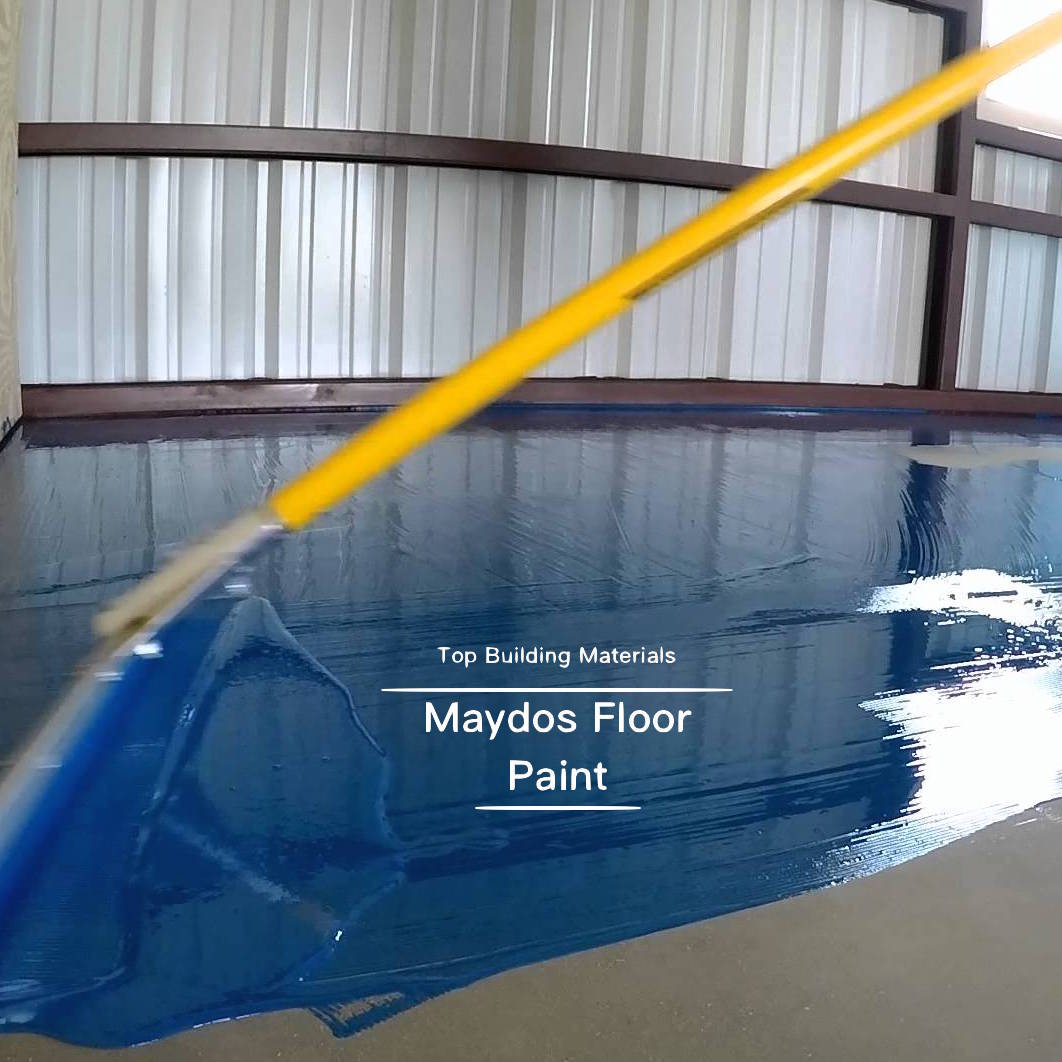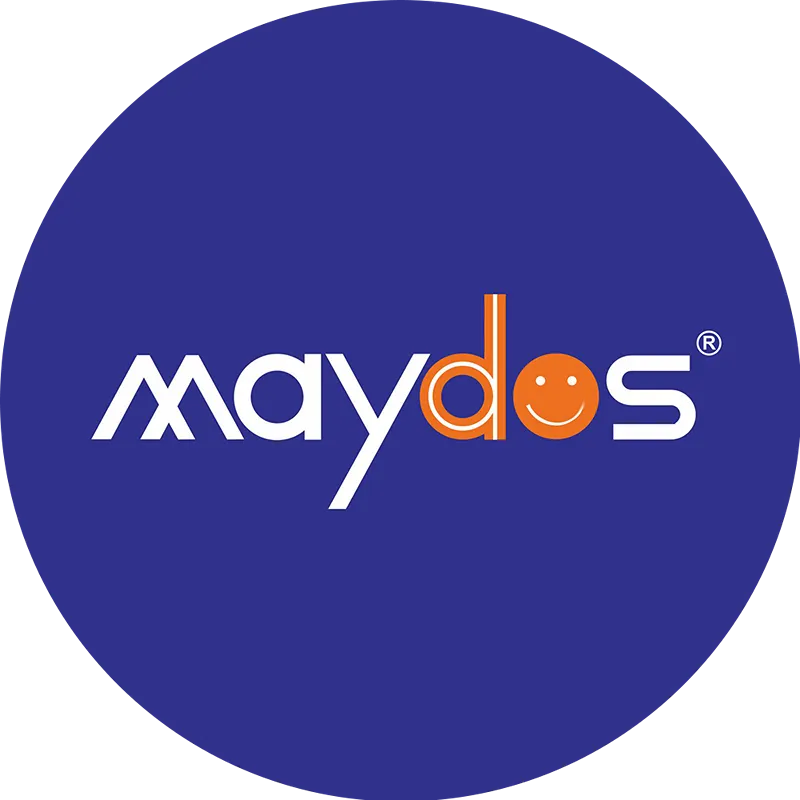Coating Factory
Powder coating is a dry finishing process in which free-flowing, thermoplastic or thermoset powder material is applied to a pretreated surface and melted into a protective or decorative coating.
The powder is then cured by placing the part in a powder curing oven. Curing times vary depending on the part size, shape, and thickness.
Preparation
The proper preparation of a metal or other substrate prior to coating it can make all the difference in how smooth and durable the finished product will look. Without it, the powder coat won’t adhere to the surface properly and may result in a less-than-perfect finish.
A variety of methods are used for this process, and the technique chosen depends on a number of factors, including the material being coated, the type of coating and the expected service life of the coating. Among the most important considerations are removing mildew, oil, dust, dirt, loose rust, peeling paint or other contaminants to improve adhesion.
Depending on the type of product being coated, the pretreatment process can be either mechanical or chemical. In mechanical pretreatment, parts are exposed to multiple cleaning and etching procedures. In chemical pretreatment, the part is sprayed with alkaline, acidic or neutral cleaners in spray chambers to remove oils, grease, and other residues from the metal’s surface.
Another common process is abrasive blasting, which removes rust, mill scale and other contaminants while creating a clean and uniform surface texture. It’s best to combine grit blasting with other surface preparation techniques.
Once the material has been prepared, it’s ready to be painted or welded. This step can be performed by hand or with specialized equipment, and is often one of the most expensive steps in a project.
This is where Coating Factory comes in handy. Our team will make sure that every step of the preparation process is completed perfectly to ensure that your product is in top condition for paint or welding.
We’ll also check the moisture content of the surface to ensure it’s properly cured before we apply the coating. It’s important to note that the dryness of a material determines whether it can be coated with solvent-based materials. If the moisture content is too high, the product won’t be able to be coated.
There are many different surface preparation processes that can be used to get a product ready for painting. At Preferred, we have experience with all of them, and can help you select the most suitable method for your product.
Coating
Coating Factory specializes in applying a wide variety of coatings to various substrates using both conventional and innovative process technologies. The company’s internal Technology Group, Equipment Division and experienced operating teams provide users with the total package of coating solutions needed for success.
The finishing process begins with preparation of the substrate, which can include cleaning, etching, blasting, and drying. After the preparation is complete, parts are inspected to ensure that they are ready for coating. This inspection typically involves testing for thickness averages, which are important for accurate and consistent coverage of small details and complexities.
During the preparation stage, coating materials are selected and formulated according to an application’s production needs and environmental conditions. This selection will be based on factors such as: the type of coating material to use, the substrate’s surface finish and color requirements, and whether it requires a protective or decorative coating.
For instance, a part may require an epoxy coating to protect it from corrosion while remaining flexible for production. Alternatively, a product may need to be coated with an e-coat technology to provide an abrasion resistant layer.
A common industrial coating process involves dipping parts in a tank full of liquid polymer. The viscosity, rate of withdrawal from the tank and length of immersion determine the thickness of the coating.
Another common method of achieving a high quality coating is electrostatic spray deposition (ESD). This process uses a small electrostatic charge to deposit coating particles onto a metal substrate.
These coatings are made from a range of different materials including polyester, polyester-epoxy, straight epoxy, acrylics and polyurethane. They are a great choice for applications that require a durable, chemically-resistant coating and the ability to achieve different colors, finishes, and textures.
Specialty coatings are used in many industries such as flexible packaging, labelstock, release paper and film, pressure sensitive adhesive tapes and laminates and a variety of other products. They are usually applied in-line with printing presses by dedicated units or off-line by coating-laminating machines.
Aside from these traditional processes, coating technologies are also able to deliver more environmentally-friendly solutions that reduce VOC emissions and improve air quality. Using thermal and catalytic oxidation techniques, the volatile organic compounds (VOCs) in these coatings can be converted to harmless inert byproducts. This helps lower the operational costs of web coating manufacturing, and reduces the emissions of ozone and other pollutants that can negatively affect human health.
Curing
Curing is the process of heating a coating to specific temperatures, which creates a chemical reaction that results in a harder, tougher, more durable surface. It is a necessary step to ensure that the product performs correctly and safely.
To achieve an effective cure, industrial coatings must be heated at the proper temperature for the appropriate duration of time. These specifications are usually included in a product data sheet and referred to as a “curing window.”
The curing process can vary depending on the type of coating used, the materials being applied, and the application process. In addition to the type of coating, the methods used for applying the powder must be planned carefully to ensure that thickness control is maintained and that the parts are cured properly.
Both thermoset and thermoplastic powders undergo a chemical reaction during the curing stage that changes their physical properties. These changes make these powders suitable for a variety of applications.
However, both types of powder must be cured at the correct temperature to produce the desired properties. This process is typically done in a batch or conveyor oven, depending on the type of application.
One of the most important parts of the curing process is in-process temperature profiling. This involves placing a sample part inside a heated oven with temperature sensors and an in-process datalogger. The datalogger collects readings and transmits them to a computer. Analysis software then converts the data into useful information for the curing process.
For example, a 5-kg steel plate that has been preheated to 160 degC in a 220 degC oven takes about 15 min to reach this temperature. During this period the reactive powder starts to react and the temperature increases, reaching 220 degC within 3-4 min.
Temperature profilers are used to measure this temperature for every curing cycle, and a graph is produced that shows the temperature of the coating at different times during the process. This information can be used to optimize the manufacturing process and increase efficiency, which reduces costs and improves overall production.
This data can also be used to ensure that a particular mixing ratio is maintained and that a manufacturer can minimize the curing time of its products. This can save money and increase productivity, while ensuring that the finished product is produced with high quality.
Maintenance
As a coatings manufacturer, you need to maintain the equipment and machinery that makes up your paint line. Performing this maintenance can help you prevent breakdowns, keep your equipment running longer and save you money in the long run.
There are many different methods of maintaining equipment. One of them is scheduled maintenance. This involves establishing an estimate of the time and distance that the machine will operate over its estimated life, then implementing a plan to perform the maintenance in accordance with this schedule.
Another method of maintenance is to conduct inspections on the machines to check if they are working properly or not. This helps to avoid unexpected failures and prevents the equipment from being used in a manner that may cause harm.
A third way of maintenance is through the use of chemical additives to improve the quality of the paint coatings. This allows you to produce high-quality products that are durable and resistant to wear and tear.
In addition, you can use chemical additives to enhance the color and brightness of the paints. These additives are not expensive and they can be easily added to the paints.
For a successful paint and coating maintenance program, you should follow best practices. This includes establishing an efficient and organized schedule for maintenance, monitoring and recording the results of each maintenance inspection and performing corrective maintenance.
When developing a maintenance paint strategy, you should first develop an inventory of all painted items and assess their condition. This will give you an idea of which items need to be addressed first.
Once you have this information, you can prepare a prioritized painting schedule. This will help you avoid unnecessary work and extra costs by ensuring that the jobs that have highest priority are done first.
Having a solid and reliable paint line conveyor system is essential to the efficiency of any coating plant. Breakdowns in this system can stop production and result in loss of revenue. Establishing a sustainable preventative maintenance schedule is the best way to ensure that your paint line conveyor system will run smoothly for years to come.








